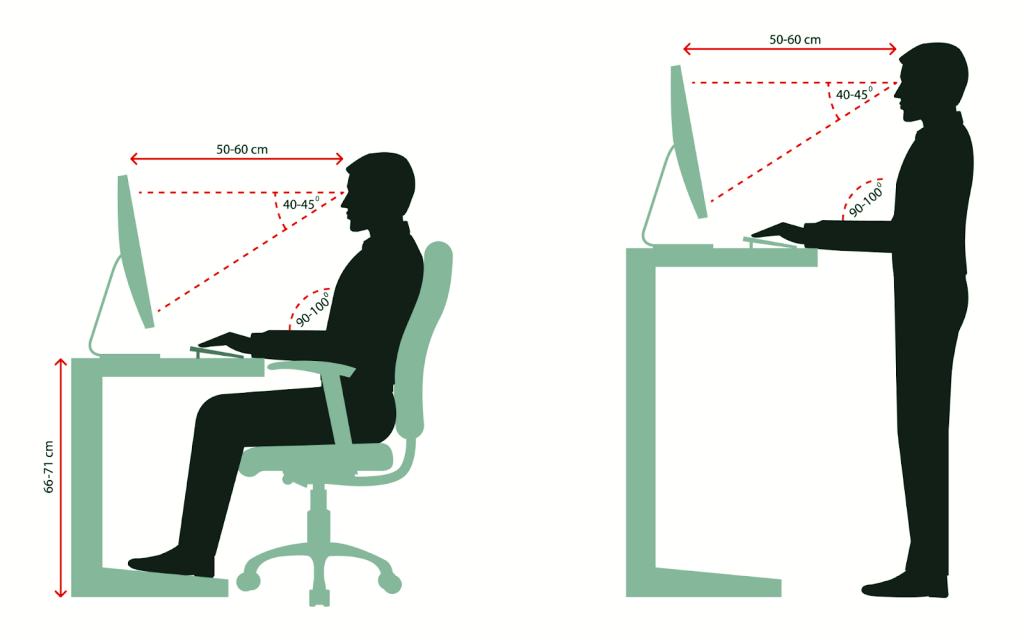

- SCREEN POSITION SCREENX SCREENY SCREENH SCREENW SKIN
- SCREEN POSITION SCREENX SCREENY SCREENH SCREENW FULL
It's easy for me to imagine most skins being packaged with themes like this, now that you can guarantee a proper and instantaneous presentation on any screen, large or small. As an example, I've copied the whole of Enigma's new default state below.

It depends on the number of skins you've got, but in general, it's pretty easy to construct an entire theme that automatically adjusts to the user's resolution when it loads.
SCREEN POSITION SCREENX SCREENY SCREENH SCREENW SKIN
So if I wanted to center the whole skin as part of a theme, I'd use this format: WindowX=((#SCREENAREAWIDTH# / 2) - 60) With Enigma, I've kept a consistent format for all of my "Taskbar" skins, in which the text is center-aligned at X=60. It's a tad more complicated in that you can't just make X and Y the center of the screen - the skin has its own height and width, remember. In other words, you're telling Rainmeter to start at the top of the work area, go all the way down, then back up by 33.Ĭentering a skin is just as easy. For example, if I want the Taskbar to be 33 pixels from the bottom - since it's 33 pixels high - I'd type: WindowY=(#WORKAREAY# + (#WORKAREAHEIGHT# - 33)) The right or bottom sides are a bit tricker, but just as effective. Placing a skin relative to the top or left sides of the desktop area is effortless - (#WORKAREAX# + X) or (#WORKAREAY# + Y). But to achieve dissociation, a mirror is used instead of R-G goggles. Lees screen test is also a similar test to a Hess chart. If I wanted a bar that filled up a third of the screen, for instance, I'd write: W=(#WORKAREAWIDTH# / 3)Įven more powerful, however, is that you can use these variables to set the initial positions of whole skins in a. Each Hess screen consists of a central dot, an inner square of eight dots, and an outer square of 16 dots (15 degrees and 30 degrees from the primary position, respectively). These variables support mathematical transformations, too. Now my Taskbar skin, for example, is nothing more than this: If you have two monitors and use one of them a bit more than the other one. Make sure that both are an arm length away from you. We shall hereafter refer to these as the Dark Ages of Rainmeter. Place the other monitors on the left or right side of the main monitor with equal angle and in a circular manner: If you have two monitors and use them both the same, position them with the same angle toward your face.
SCREEN POSITION SCREENX SCREENY SCREENH SCREENW FULL
In the past, if your users wanted to change the width of something, they had to open a window full of scary code and find the appropriate line. The absolute X and Y position of the work area's top-left corner. The dimensions of the "work area" - the desktop as constrained by the taskbar and any "docking" or "ranging" software. The total dimensions of the user's screen resolution. So.The following built-in variables in Rainmeter can help you position things on the screen even on different screen resolutions. It also said it has no normal place in the page - you have to control the placement. The utility will scan, detect, and fix common problems with the sensors on your computer, including. Is it possible in the new UI to position elements within the canvas as a percentage of the screen Id like to position a button that is centered on the x axis, but have its y axis set as a percentage of the screen height. The position: absolute said this was no normal but is movable. Double-click the SensorDiagnosticTablet.diagcab to launch the experience. But to allow that flexibility that I had to set certain mysterious attributes on the. To put a particular at a particular place. And it isn't so neat in DOM.įor instance, using jQuery API I can say: That can be done, but that's entirely different from the SVG API. If you wanted to move a drawn shape to those SVG surface coordinates it would be something likeĮansform("translate(100.5,213.7)")īut if you want to move a document object, like a or the element, then you need to do DOM operations, asking the browser to place the container element and everything it contains someplace specific. transform() call and the SVG transformation operations. Moving a drawn object to different places on the SVG drawing surface can be done with the. You can't move things until you know they have been loaded and actually exist! :-)Īnd you keep saying screen coordinates, but do you really mean 'screen'? There is positioning objects within the SVG area, and separately you could position the SVG itself within the browser window. The call to moveDown() needs to coordinate with the return from Snap.load.


 0 kommentar(er)
0 kommentar(er)
